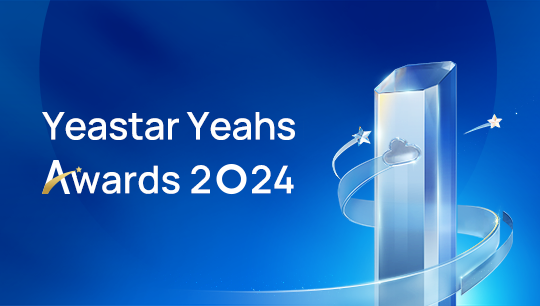What is disaster recovery?
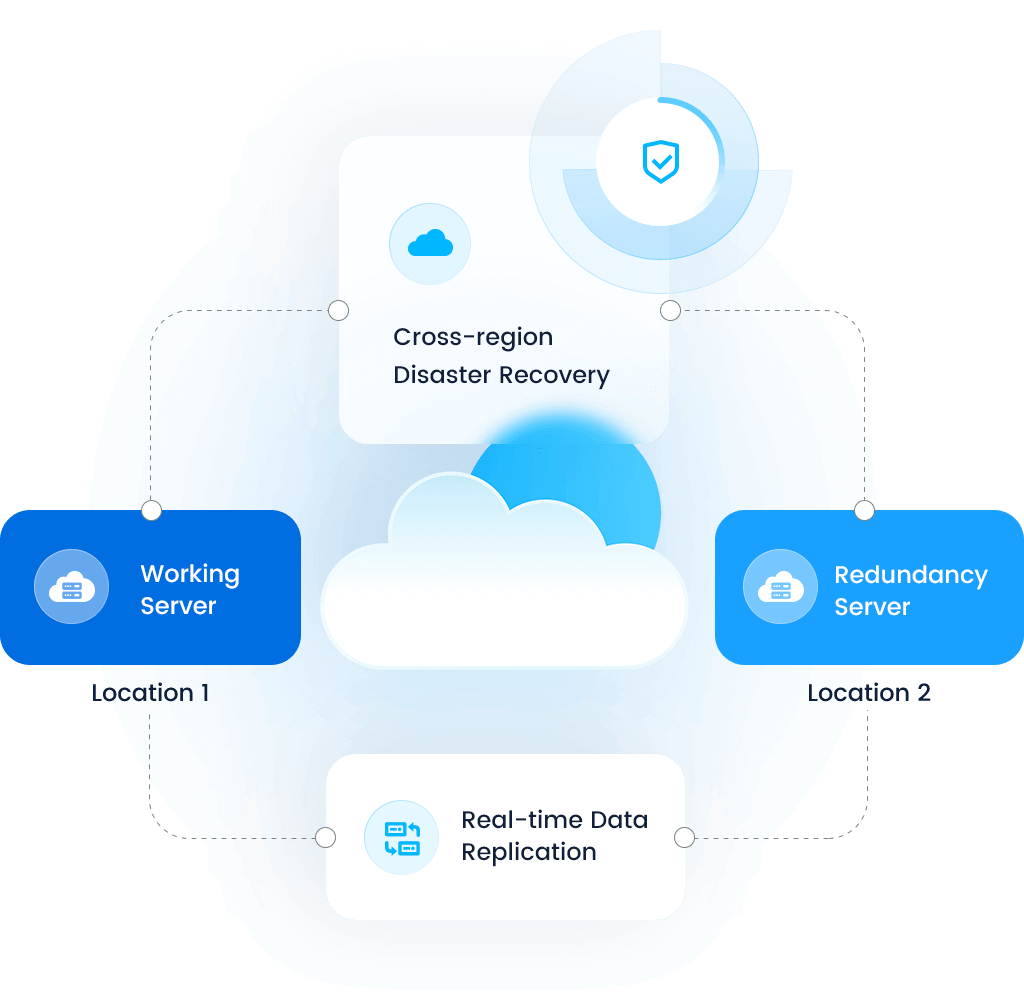
In today’s business world, uninterrupted communication is everything for the smooth operation of daily business activities. However, unforeseen events like internet outages, hardware crashes, or natural disasters can disrupt these essential services, and recovering from these types of events can take days or even weeks. To mitigate the risks, you need a redundant phone system that allows you to stay in business during any interruption.
Enterprise-grade Cross-region High Availability
The Disaster Recovery feature in Yeastar P-Series Phone System Software Edition incorporates geographic redundancy to ensure that your call processing system is sufficiently resilient.
It enables you to deploy a standby replica of your PBX in a different location or remote network. In the event that your PBX fails, the telephony services will instantly switch to the redundant site, so your business calls can continue as usual and guarantee continuous connectivity.
How does it work?
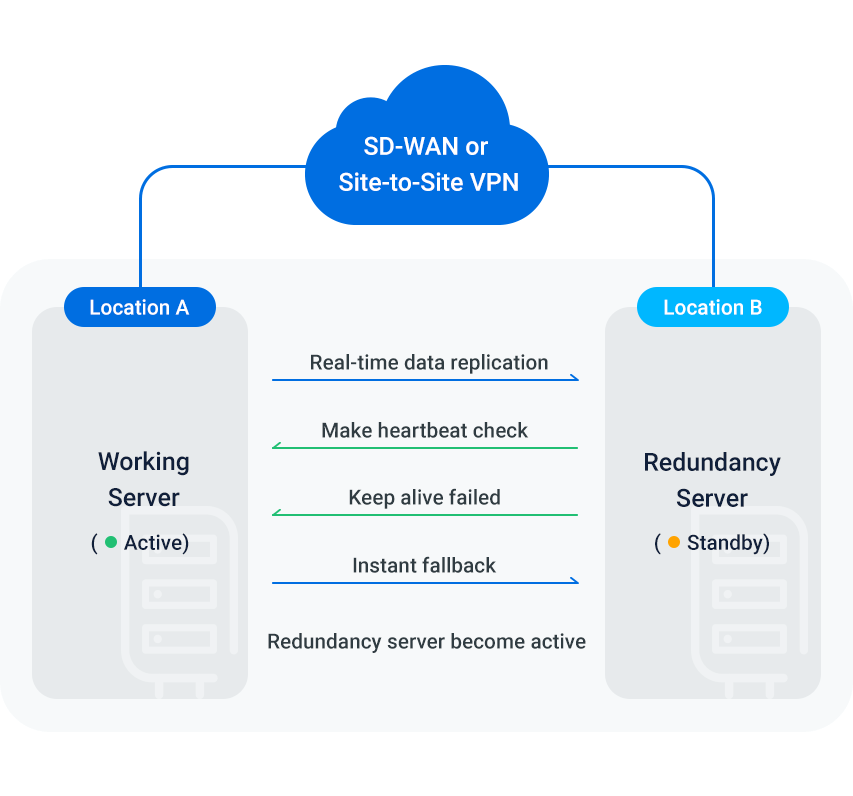
Automatic Failure Detection & Failover
Yeastar Disaster Recovery adopts an active/standby approach with real-time PBX data replication. The working server of the phone system processes calls, while the redundancy server continuously monitors the working server and stands by on the other side. Once the working server failure is detected, all the telephony would be swiftly switched to the redundancy server automatically, keeping the downtime to an absolute minimum.
In addition to the automatic fallback, users can also customize failure detection parameters like PBX heartbeat interval and dead time threshold to minimize the potential offset.
Seamless Remote PBX Networking
Additionally, Yeastar Disaster Recovery also includes enterprise-class SD-WAN service to provide seamless & secure remote networking between the PBX working server and the remote redundancy server. With just a few clicks, users can use the inbuilt SD-WAN feature to set up an encrypted connection between remote sites in a minute. Alternatively, users can also bring their existing VPN service for private site-to-site remote networking.
Key Benefits
Real-time PBX mirroring and data replication. No data losses
Automatic failure detection
Automatically switching to standby server, within seconds
Inbuilt secure SD-WAN service and optional VPN remote networking
Instant event notification by call and email
Super simple setup
Deployment Scenarios
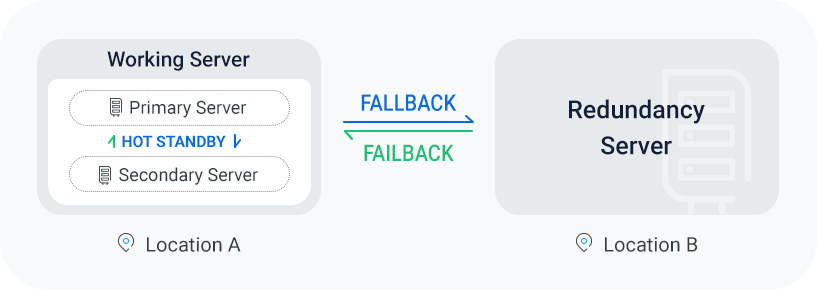
Yeastar Discovery Recovery solution works for a wide range of deployment scenarios, which include:
Using cloud to backup an onsite system and vice versa.
Multi-region cloud
Multi-region on-premises
In most enterprise scenarios, the disaster recovery solution is implemented alongside a local PBX hot standby to create a higher level of redundancy called the “2+1” mode. This redundancy setup involves having 1 primary PBX server and 2 mirrored standby PBX servers (as shown in the diagram on the left).
When the primary server at Location A fails, the standby server at Location A will take over the entire phone system to ensure the normal operation of all the PBX functions (calls, messaging, video, etc.) for users. When both servers at Location A fail, the geo-redundant server at Location B steps in to provide essential telephony functions, so business calls can continue as usual.
Common FAQs
Related Features & Solutions
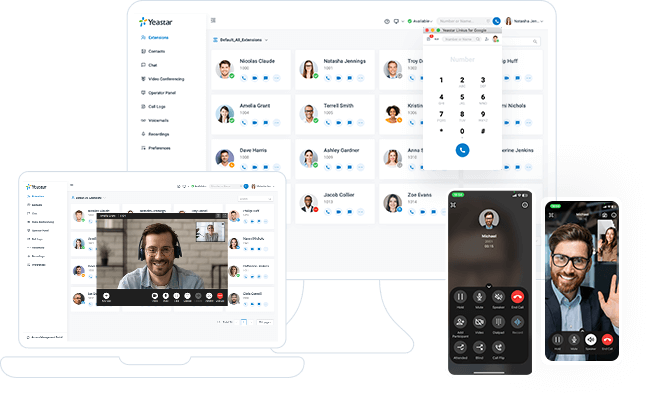
The complete communications solution
Available both in the cloud and on-premises, Yeastar P-Series Phone System unites calls, video, omnichannel messaging, integrations and more in one simple system for your seamless communications anywhere.
Get started with 30-day free trial
Create your Yeastar phone system in minutes & see what all-in-one communications can do for your business today.
X



